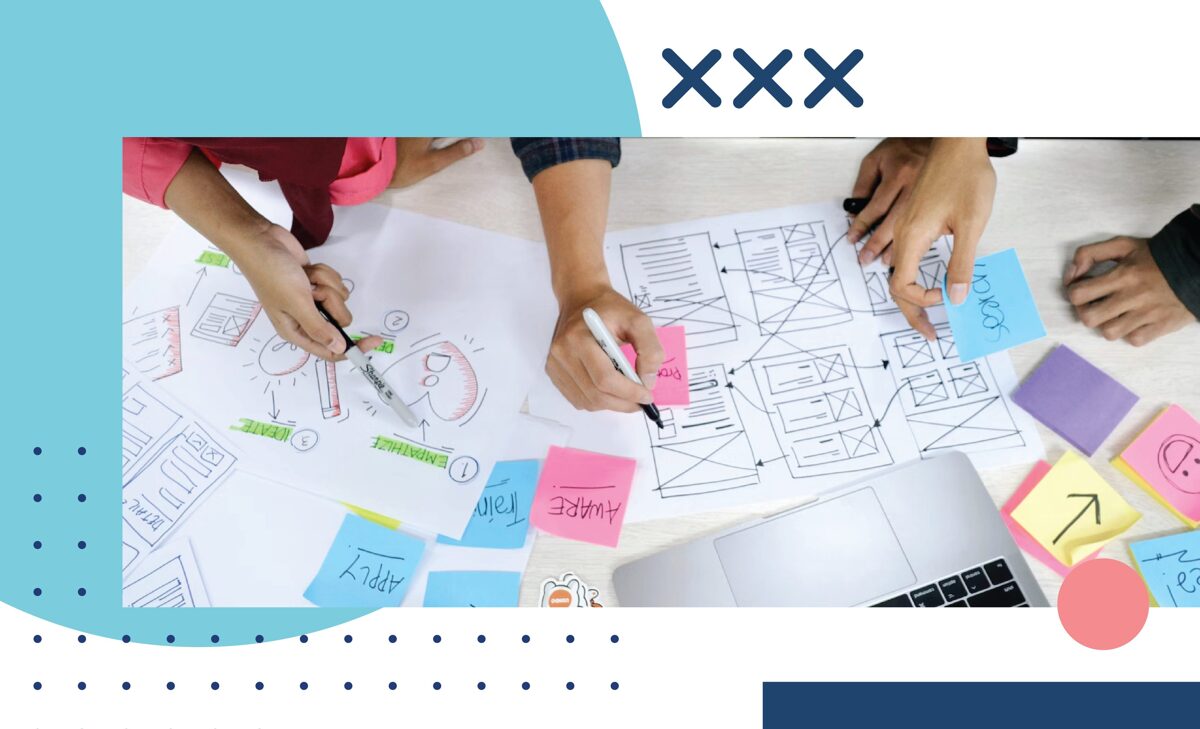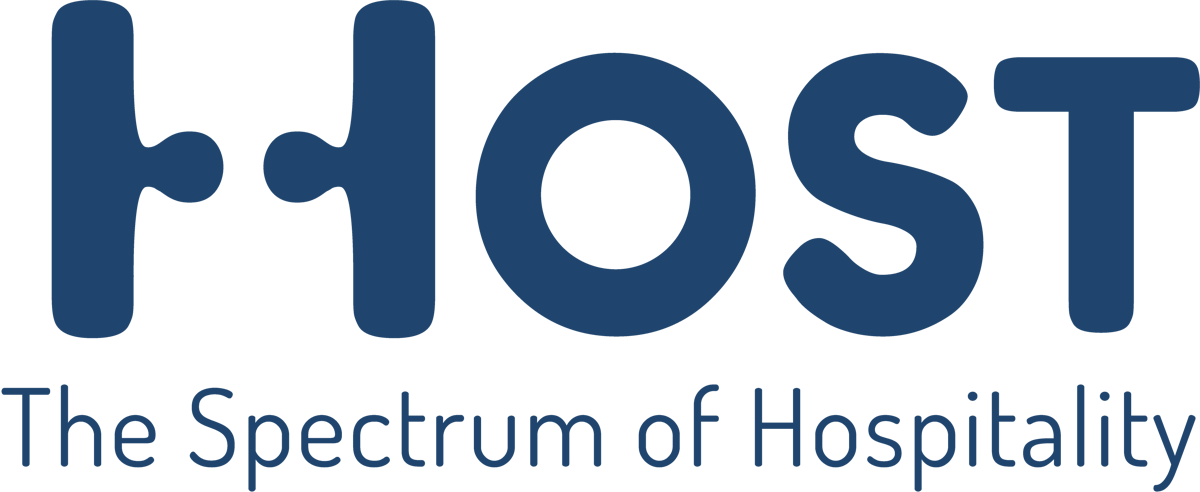Empowering Education: HOST Board Game and the Design Thinking Journey for Targeted Learning

Developing new tools and interventions requires a different mindset than applying existing solutions. Radical change requires designers to be hyper critical of their own work: are we designing the right thing, and are we designing it right?
This is why the HOST Board Game is built on a foundation of Design Thinking. Design Thinking is a cycle of development steps that designers and educators can use to develop new learning interventions. These are the steps:
🧑🤝🧑 Empathize: Get to know your target audience. What are their challenges? What are their dreams?
📝 Define: Define the boundaries of your project in terms of budget, time, goals and requirements.
🧠 Ideate: Come up with ideas that fall within the boundaries of the project, meet the challenges of your target audience and help them realize their dreams.
🎲 Prototype: Try building your ideas quick and dirty. If you come up against big roadblocks, you want to know this early.
🔎 Test: Don’t assume that your idea will work because you did your research. There are always blindspots in design, and testing early helps you to catch them.
Once the cycle is complete, you can go back to earlier steps. If you really missed the mark with your prototype, it could be good to go back to empathize. If there are small improvements to be made, start at ideation and prototype it quickly.
Following these steps gives you confidence in building things for target audiences with specific needs, such as players with ASD, without getting stuck in the research phase for years.
Further reading: https://www.interaction-design.org/literature/topics/design-thinking
